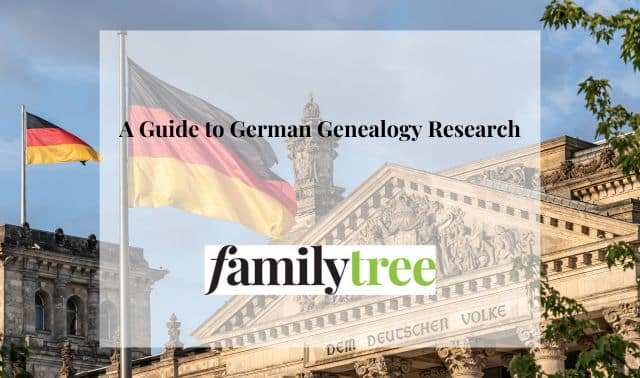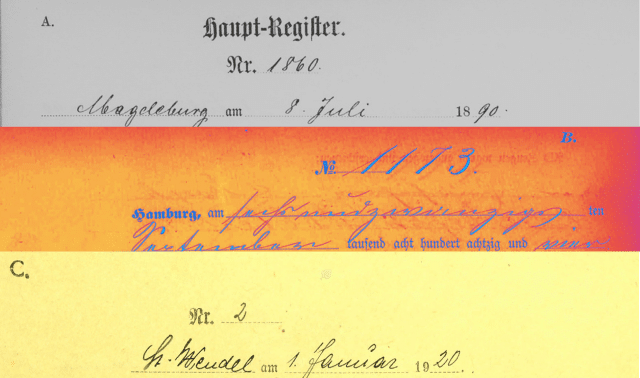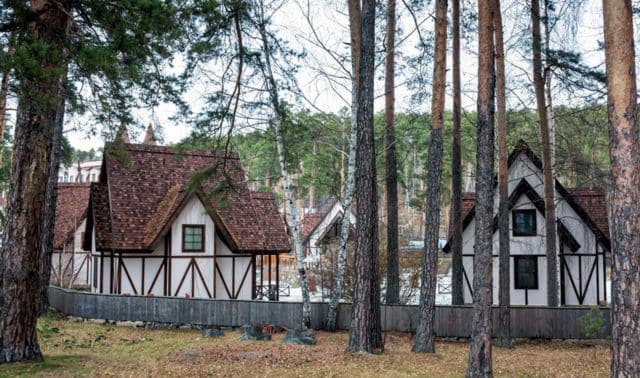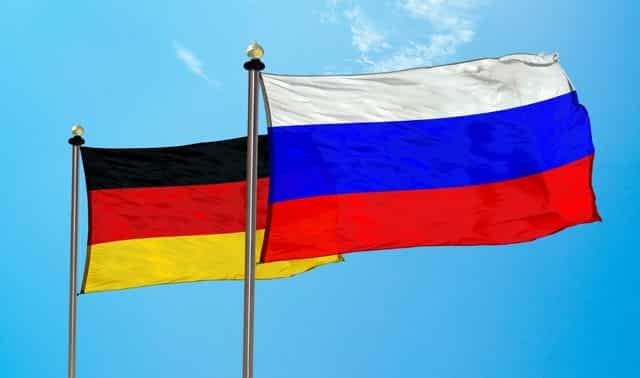Sign up for the Family Tree Newsletter! Plus, you’ll receive our 10 Essential Genealogy Research Forms PDF as a special thank you.
Get Your Free Genealogy Forms
"*" indicates required fields
Does your German family tree seem to be overloaded with Johanns and Marias? German children were given two names. Boys commonly were baptized with the first name Johannes (or Johann, often abbreviated Joh). German girls were baptized Maria, Anna or Anna Maria. This tradition started in the Middle Ages.
So a family could have five boys with the first name Johann. You can see the potential for confusion until you understand that the first name doesn’t mean a thing.
This is because German boys almost always were baptized with the first name Johannes (or Johann, abbreviated Joh). German girls were baptized Maria, Anna or Anna Maria. (This tradition started in the Middle Ages.) This means a family could (and commonly did) have five boys with the first name Johann. You can see the high potential for confusion until you understand that the first name doesn’t mean a thing.
Second Naming Tradition
The second name, known as the Rufname, along with the surname is what would be used in marriage, tax, land and death records.
So in a family with boys Johann Friedrich, Johann Peter, Johann Daniel, etc., the children would be called by (and recorded in documents as as) Friedrich, Peter and Daniel. Usually, the name Johannes in these records marked a “true John” who would continue to be so identified.
By the 19th century, more Germans gave their children three names. Again, typically only one of the middle names was used throughout the person’s life. Roman Catholics often used saints’ names, while most Protestant groups also included names from the Old Testament or even nonChristian mythology.
Nicknames
Another naming tradition involves nicknames, often called Kurzformen. In English, most nicknames are created by dropping the last syllable of the given name (for example, Christoper and Christine become “Chris”). Germans, however, often shorten a given name by dropping the first part of it. It’s important to note that these familiar forms are used in church or other records, even though by today’s standards we might expect full or formal names to be used.
Some of the many examples (using more authentic but understandable German spellings) are:
- Nicklaus = Klaus
- Sebastian = Bastian
- Christophel = Stophel
- Christina = Stin or Stina
- Katharina = Trin
Note that these familiar forms are used in church or other records, even though by today’s standards we might expect formal names to be used.
Baptismal Sponsors
In German-speaking areas, children were almost always named for one or more of their baptismal sponsors. The most common pattern would be for sons to be named in this order:
- first born, for father’s father
- second born, mother’s father
- third born, father of the child
- fourth born and on, uncles of the child
The same pattern applies to daughters but using the mothers’ names (father’s mother, mother’s mother, etc.). Families would reuse given names for children who died young. There are even documented instances of families using the same name for two children who both survived.
Common German Names and Nicknames
| Full Name | Nickname |
|---|---|
| Dietrich | Dieter |
| Johann or Johannes | Hans |
| Friedrich | Fritz |
| Heinrich | Heinz |
| Wilhelm | Willy |
| Josef | Sepp |
| Nicolaus | Klaus |
| Anna, Ann | Nancy, Nan |
| Catharina | Trina |
| Elisabeth(a) | Lisa, Betty |
| Margaretha | Gretl, Greta |
| Dorothea | Dora |
| Carolina | Lina |
| Magdalena | Lena, Helena, Molly |
| Johanna | Hanna |
Information provided by S. Chris Anderson and Ernest Thode
A version of this chart appeared in the September 2012 issue of Family Tree Magazine.





